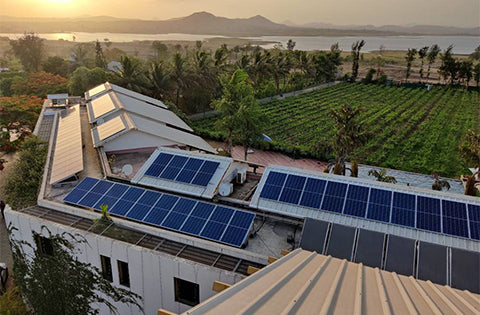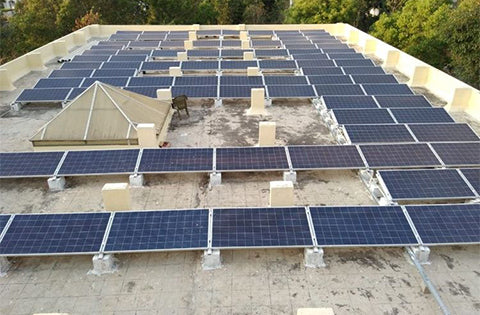https://pv-magazine-usa.com/2022/11/18/solar-windows-cut-emissions-and-energy-use-by-40-in-glass-skyscrapers/
Solar windows cut emissions and energy use by 40% in glass skyscrapers

Image: Wikimedia Commons
Looming over many major metropolitan areas are tall, windowed skyscrapers. These highly glazed buildings are not particularly efficient, but research published in One Earth found that photovoltaic windows can help considerably.
“There are preconceived notions of what an energy-efficient building looks like, and it usually is not highly glazed, and it probably isn’t very tall,” said Lance Wheeler, a scientist at NREL who specializes in integrating PV technology into windows. “We found that there are other ways to build high-efficiency buildings.”
A team of National Renewable Energy Laboratory (NREL) found that highly glazed skyscrapers can reduce their energy use and associated carbon emissions by 40% with PV windows.
Twin brothers Lance and Vincent Wheeler developed a new open-source software, available on GitHub, called PVWindow to model the impact of the technology. The brothers co-authored a Department of Energy funded report with NREL scientists Janghyun Kim, Tom Daligault, Bryan Rosales, Chaiwat Engtrakul, and Robert Tenet.
The report outlines building design rules that can lead to a net-zero or even net-positive energy consumption structure. This evolution of design is needed, as buildings account for more than one third of the world’s energy consumption, and much of its carbon emissions.
Skyscrapers built today often have a high ratio of window-to-wall. For example, the 1915 Equitable Building in New York, has a window-to-wall ratio of 25%. This compares to the Bank of America Tower of 2016, sporting a ratio of 71% window-to-wall.
For the analysis, the researchers modeled a window-to-wall ratio of 95% to demonstrate the impact glazing has on building energy performance. The team also found triple-paned windows to be highly effective in reducing energy use, a practice that has not yet been widely adopted.
Windowed skyscrapers often have to spend a lot on cooling the building as large amounts of light and heat shine through. Solar windows not only provide thermal insulation for a building but also use the absorbed energy to generate electricity. The PVWindow simulations showed that in Denver, for example, on-site solar generation halves the average daily electricity demand for a highly glazed 12-story structure, avoiding 2 million kg of carbon dioxide emissions annually.
“Picture a skyline in, like, New York City where there are these high-rise buildings that are entirely glass,” said Lance Wheeler. “They’re fully glazed. The Freedom Tower has millions of square feet of glass. It could be a power plant in itself.”
Last January, Ubiquitous Energy, a buildings-integrated photovoltaics (BIPV) commercial windows manufacturer, announced the closing of a $30 million Series B funding. Over 20 billion square feet of windows are installed each year, creating an opening for the company and other players in the space to integrate their technology.
This content is protected by copyright and may not be reused. If you want to cooperate with us and would like to reuse some of our content, please contact: editors@pv-magazine.com.




